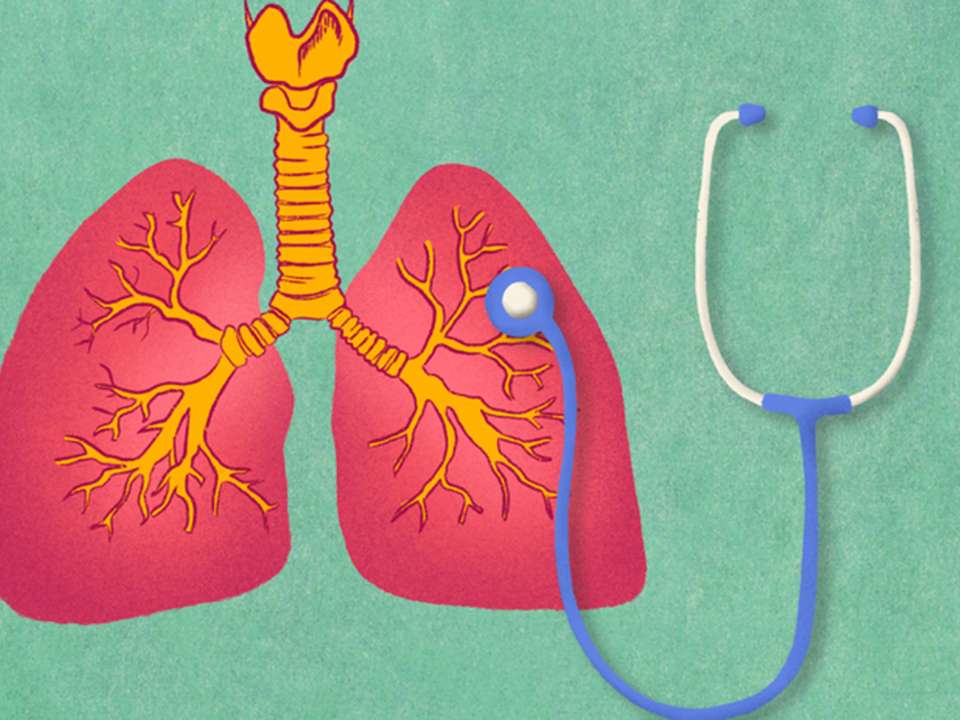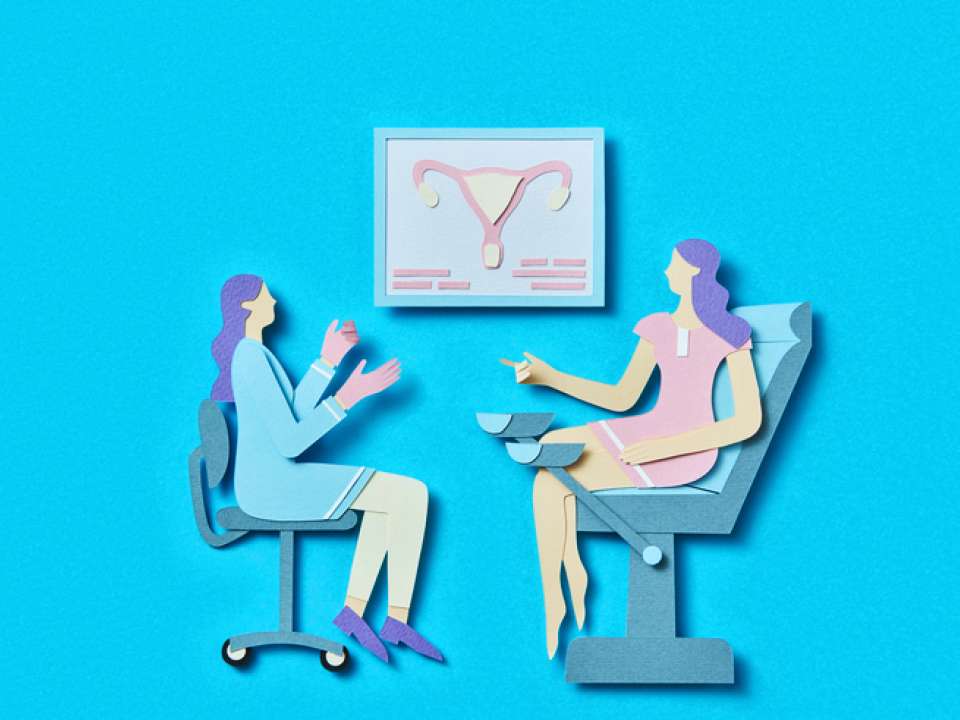
Gynecological cancers pose a health threat to all women, so why do so many of us know so little about them?
From risk factors and symptoms to screenings and tests, it can be a lot of information to take in.
To help make things easier, UW Medicine gynecologic oncologists gave a primer on the three most common gynecological cancers in a recent What You Should Know About Cancer webinar. But if you missed the event, don’t sweat. Read on for our highlights below, check out the presentation slides or watch the recording of the webinar for full details.
Endometrial cancer
The most common type of gynecological cancer is endometrial cancer, or uterine cancer, which begins when cancerous cells develop in the uterine lining.
Dr. Elise Simons, a gynecologic oncologist who sees patients at UW Medical Center – Montlake and the Women’s Cancer Care Clinic at UW Medical Center – Northwest, notes that while cases of endometrial cancer are increasing, the good news is this disease is treatable if caught early.
Symptoms to note
The main sign of endometrial cancer is abnormal bleeding, or bleeding that is different in frequency, timing, duration or amount than your normal flow.
This is especially true for menopausal women. On average, menstrual periods should stop around age 50 or 51, so if you are experiencing bleeding in your late 50s, you should talk to your doctor.
Screening process
If you’re experiencing abnormal bleeding, Simons notes that your doctor may conduct tests to rule out other conditions (like a blood test to check if you’re anemic or a pelvic ultrasound to evaluate your ovaries).
From there, the best way to test is through a biopsy of the endometrial cavity. During the test, your doctor will collect a tissue sample from inside the uterus. This is most often done in office, though Simons notes some cases require a minor surgical procedure.
Key takeaway
If you experience heavier bleeding than normal or you are bleeding into your late 50s, set up an appointment with an OB-GYN.
Cervical cancer
Nearly all cases of cervical cancer — a whopping 99% — are caused by the human papilloma virus, or HPV, says Dr. Renata Urban, an gynecologic oncologist who sees patients at UW Medical Center – Montlake and Seattle Cancer Care Alliance. HPV is a virus that is transmitted through vaginal, oral and anal sex, and it is extremely common, especially among younger people.
For many people who contract HPV, their immune system is able to clear out the virus on its own. For others, however, the virus can cause changes in the cervix that are precancerous or cancerous.
Screening process
Screening for HPV and cervical cancer is important for catching any changes in the cervix before they become cancerous, Urban says.
For best screening practices, women should get a Pap test to screen for abnormal cervical cells every three years starting at 21 years old.
At 30, the best practice is to get co-tested, or get a Pap test and testing for HPV at the same time, done every five years. While co-testing is preferred for folks over 30, Urban notes you can also continue to just get a Pap test every three years.
You should continue screening until you are 65, or 20 years after an abnormal test (even if this is past the age 65).
Vaccination details
Unlike other gynecological cancers, there is a vaccine that helps prevent cervical cancer.
This vaccine is recommended at age 11 or 12, but the Food and Drug Administration recently approved vaccination for people up to age 45.
Key takeaway
The combination of screening and vaccination provides a powerful defense against cervical cancer. If you are under 45 and have not been vaccinated, speak with your doctor. And if you are under 65, make sure you are receiving regular Pap tests or co-testing for HPV and cervical cancer.
Ovarian cancer
The second most common gynecological cancer is ovarian cancer, which includes three subcategories: ovarian, fallopian tube and primary peritoneal cancer.
Ovarian cancer tends to affect women once they’ve gone through menopause, though you may also have an increased risk if you have a family history of ovarian cancer.
Symptom to note
Symptoms can be subtle, such as bloating, urinary urgency, and abdominal or pelvic pain, notes Dr. Jennifer Burzawa, a gynecologic oncologist who sees patients at UW Medical Center – Montlake and Valley Medical Center.
These symptoms can often be confused for other gastrointestinal issues, so try to pay attention to the onset of the symptoms and how they differ from your body’s normal functions.
Testing process
A screening test is meant to detect a cancer before it happens, Burzawa says, and for ovarian cancer, those tests unfortunately don’t exist yet.
If you are at high risk for ovarian cancer due to genetics or other factors, you can test for the disease via an ultrasound or a CA-125 blood test. And those 60 and older with new pelvic or urinary symptoms should talk with their doctor about testing for ovarian cancer.
That said, Burzawa notes that these tests are not recommended for screening the general population, as they haven’t been shown to detect ovarian cancer in its early stages.
Key takeaway
Especially for post-menopausal women, abnormal pain, bloating or urinary symptoms can be symptoms of ovarian cancer. If you’re experiencing these symptoms consistently for prolonged periods of time, it’s best to contact an OB-GYN, as they will be experts in detecting and treating ovarian cancer.

 Healthy ideas for your inbox
Healthy ideas for your inbox





